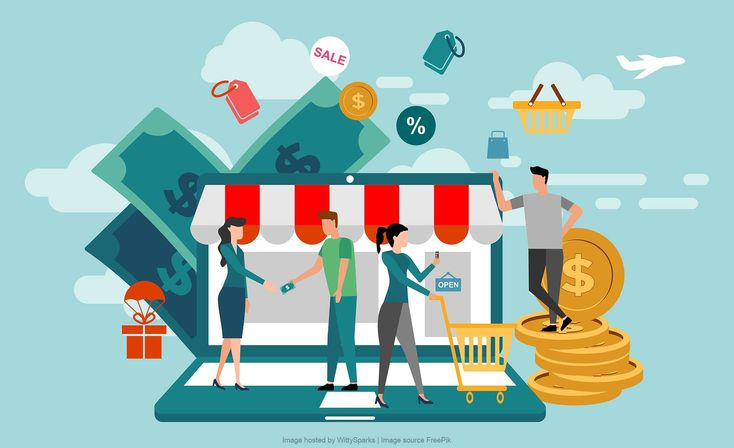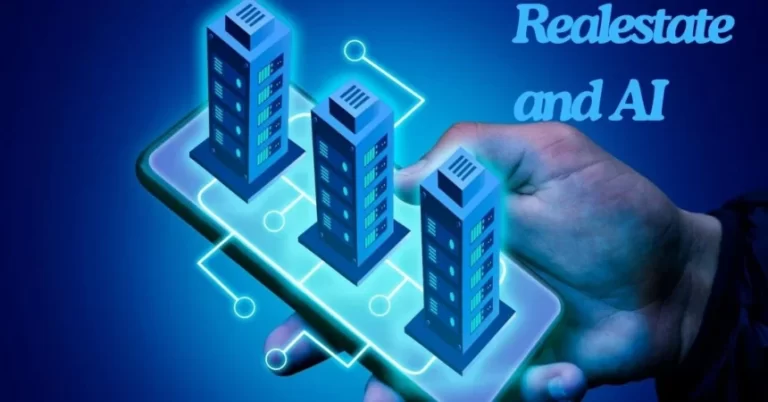E-commerce is on the brink of a revolution! As technology evolves at lightning speed, the way we shop online is changing drastically. If you’re wondering what’s next, you’re in the right place. In this article, we’ll dive into the future of e-commerce web development and what you can expect from the coming trends. Buckle up, because the future is brimming with innovation and excitement!
Embracing AI and Machine Learning
Artificial Intelligence (AI) and Machine Learning (ML) aren’t just buzzwords—they’re game-changers! Here’s how they’re set to transform e-commerce:
- Personalized Shopping Experiences: Imagine browsing an online store and getting product recommendations so spot-on, it’s like the site reads your mind! AI algorithms analyze your past behavior and preferences to tailor suggestions just for you.
- Chatbots and Virtual Assistants: Ever wish you had a personal shopper? AI-powered chatbots can handle customer inquiries 24/7, offering instant help and making the shopping experience smoother than ever.
- Predictive Analytics: Predict what products will be hot next season or forecast demand spikes with precision. AI-driven insights can help businesses stay ahead of trends and optimize inventory.
Augmented Reality (AR) and Virtual Reality (VR) Shopping
AR and VR are making online shopping more immersive. Here’s what to look forward to:
- Virtual Try-Ons: Ever wanted to try on clothes without stepping into a fitting room? AR lets you visualize how products will look on you from the comfort of your home. From clothing to accessories, the possibilities are endless!
- Interactive Product Demos: VR can create lifelike product demonstrations. You could explore a product in 3D, see it in different settings, or even interact with it before making a purchase.
Voice Commerce: Talking Your Way to Shopping
Voice-activated shopping is set to become a major player in the e-commerce world. Here’s how:
- Voice Search Optimization: With more people using voice assistants like Alexa and Siri, optimizing for voice search is crucial. Think conversational keywords and natural language to ensure your products are easily found.
- Voice-Activated Purchasing: Imagine ordering your favorite coffee just by saying, “Hey Google, reorder my latte.” Voice commerce simplifies the buying process, making it as easy as chatting with a friend.
Blockchain and Secure Transactions
Blockchain isn’t just for cryptocurrencies. It’s revolutionizing e-commerce security:
- Fraud Prevention: Blockchain technology offers a decentralized and transparent ledger. This means transactions are more secure and less susceptible to fraud.
- Smart Contracts: Automate and enforce agreements with smart contracts, reducing the need for intermediaries and ensuring transactions are executed precisely as agreed.
Enhanced Mobile Commerce
Mobile shopping is booming, and it’s only going to get bigger. Here’s what’s on the horizon:
- Mobile-First Design: With more people shopping on their phones, mobile-first design is a must. Ensure your site is responsive and optimized for a seamless mobile experience.
- Progressive Web Apps (PWAs): PWAs combine the best of web and mobile apps. They’re fast, reliable, and offer an app-like experience without requiring a download.
Sustainable E-commerce
Eco-conscious consumers are driving the demand for sustainability. Here’s how e-commerce is responding:
- Green Packaging: Expect to see more brands opting for eco-friendly packaging options, from recyclable materials to minimalist designs.
- Carbon Offsetting: Some companies are investing in carbon offset programs to balance out their environmental impact, appealing to the growing base of environmentally-aware shoppers.
Omnichannel Retailing
Omnichannel retailing is about providing a seamless shopping experience across all channels:
- Integrated Platforms: Whether customers are shopping online, in-store, or via social media, an integrated platform ensures a cohesive experience. Think synchronized inventories and unified customer data.
- Consistent Branding: Maintain consistent branding and messaging across all touchpoints. This builds trust and delivers a smooth, recognizable experience for customers.
Subscription Models and Membership Programs
Subscription services are gaining traction. Here’s why they’re a hit:
- Recurring Revenue: For businesses, subscription models provide a steady stream of income. It’s a win-win, offering customers convenience and exclusive benefits.
- Personalization: Tailored subscription boxes or membership perks make customers feel special and valued. It’s all about delivering a personalized experience that keeps them coming back for more.
The Rise of Social Commerce
Social media isn’t just for scrolling anymore—it’s becoming a shopping hub:
- Shoppable Posts: Platforms like Instagram and Facebook are integrating shopping features directly into posts, making it easy to buy products without leaving the app.
- Influencer Collaborations: Brands are teaming up with influencers to reach new audiences and drive sales through authentic, relatable endorsements.
FAQs
Q: What are the biggest trends in e-commerce web development?
A: The biggest trends include AI and machine learning, AR and VR, voice commerce, blockchain for secure transactions, enhanced mobile commerce, sustainable practices, omnichannel retailing, subscription models, and social commerce.
Q: How will AI change the e-commerce experience?
A: AI will enhance personalization, improve customer service with chatbots, and provide predictive analytics to forecast trends and optimize inventory.
Q: What’s the role of AR in e-commerce?
A: AR allows customers to virtually try on products and interact with them in a 3D environment, making online shopping more immersive and engaging.
Q: Why is mobile commerce important?
A: Mobile commerce is crucial due to the increasing number of shoppers using their phones. Mobile-first design and PWAs ensure a smooth, app-like experience on mobile devices.
Q: How can businesses benefit from blockchain technology?
A: Blockchain offers enhanced security and transparency for transactions, reducing fraud and enabling smart contracts for automated agreements.
Conclusion
The future of e-commerce web development is bright and brimming with innovation! From AI-powered personalization to immersive AR experiences, the way we shop online is evolving rapidly. By staying ahead of these trends and embracing new technologies, businesses can enhance their online presence, improve customer experiences, and stay competitive in this ever-changing landscape. So, what are you waiting for? Dive into the future of e-commerce and get ready for a shopping revolution!











